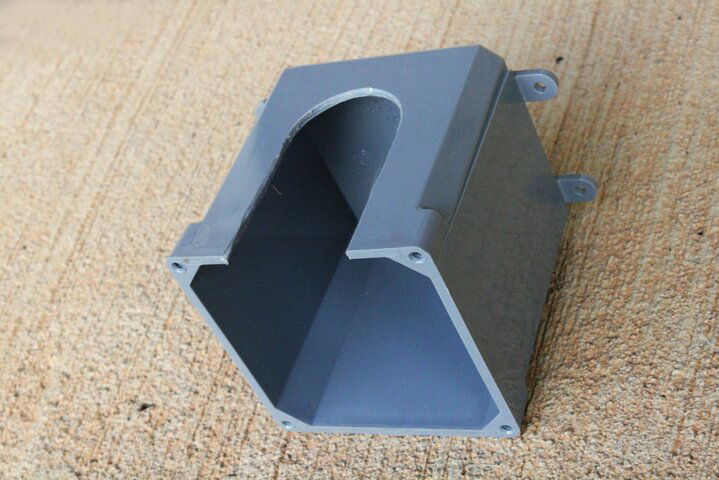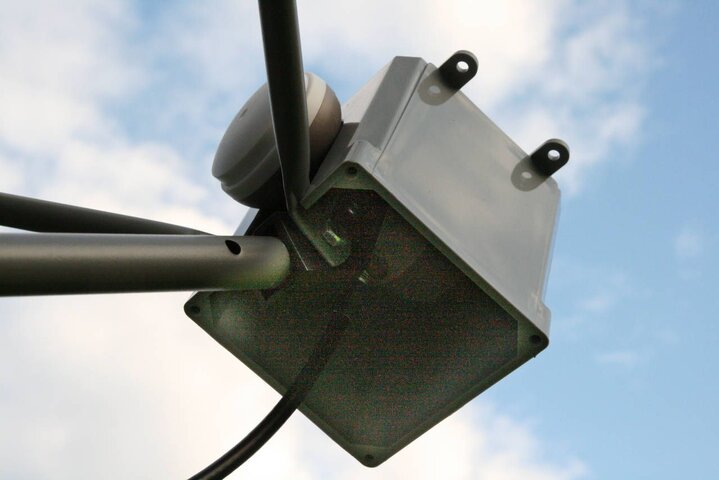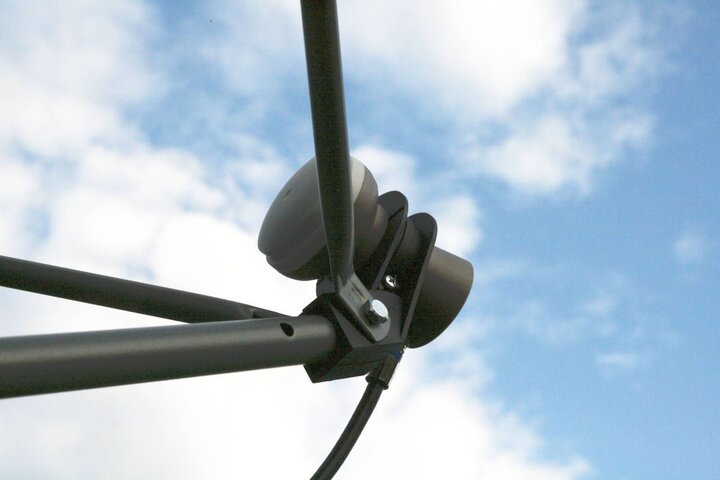Hi guys -- I'm installing my new GEOSATPro 1.2m dish, along with a SL1PLL LNB, and I'm scratching my head a bit on how to waterproof the RG-6 cable connection. The LNB didn't come with any kind of waterproofing boot. It also doesn't have any kind of drip shield extending out from the body of the LNB to protect the F-connection from dripping rain water. I have some high quality compression-style RG-6 F-connectors, but they don't have an internal O-ring to seal out water between the threaded female nut and LNB's F-connector.
I've not really run into this issue previously, as all the satellite LNBs and OTA antennas I've owned/used up until now have had some sort of boot or drip shield to protect the connection. And although I've seen some F-connectors at some point in the past that have an O-ring inside the female connector nut that screws onto a male F-connector, my searches so far haven't turned up anything that appears to have an O-ring inside that nut -- even F-connectors that claim to be rated for outdoor use. (In those cases, such connectors have an O-ring around end that the cable inserts into, but not at the threaded nut end.)
I've read about using "Self Amalgamating Tape" to waterproof coax connections, but that seems to work primarily on cable-to-cable splices where there's lots of room down the cable past the splice point to acheive sealing action. It's difficult for me to imagine that there's enough exposed thread surface on the male connector protruding from the LNB for the tape to form an adequate seal.
I've also read online where someone had used some dielectric grease on/in an LNB connection to seal out water, but I'm a little leery of using that as an option for this application, as I'm not sure how effective it would be -- also I'm wondering what effect the grease could have on the tiny center-conductor connection should any of it get in there, especially with the signal path being fairly low-current (even though dielectric grease IS designed for higher-current electrical applications, such as automotive light bulb contacts, etc.)
Any insights that any of you could provide to help me waterproof this LNB connection would be appreciated.
Thanks - Richard
I've not really run into this issue previously, as all the satellite LNBs and OTA antennas I've owned/used up until now have had some sort of boot or drip shield to protect the connection. And although I've seen some F-connectors at some point in the past that have an O-ring inside the female connector nut that screws onto a male F-connector, my searches so far haven't turned up anything that appears to have an O-ring inside that nut -- even F-connectors that claim to be rated for outdoor use. (In those cases, such connectors have an O-ring around end that the cable inserts into, but not at the threaded nut end.)
I've read about using "Self Amalgamating Tape" to waterproof coax connections, but that seems to work primarily on cable-to-cable splices where there's lots of room down the cable past the splice point to acheive sealing action. It's difficult for me to imagine that there's enough exposed thread surface on the male connector protruding from the LNB for the tape to form an adequate seal.
I've also read online where someone had used some dielectric grease on/in an LNB connection to seal out water, but I'm a little leery of using that as an option for this application, as I'm not sure how effective it would be -- also I'm wondering what effect the grease could have on the tiny center-conductor connection should any of it get in there, especially with the signal path being fairly low-current (even though dielectric grease IS designed for higher-current electrical applications, such as automotive light bulb contacts, etc.)
Any insights that any of you could provide to help me waterproof this LNB connection would be appreciated.
Thanks - Richard





